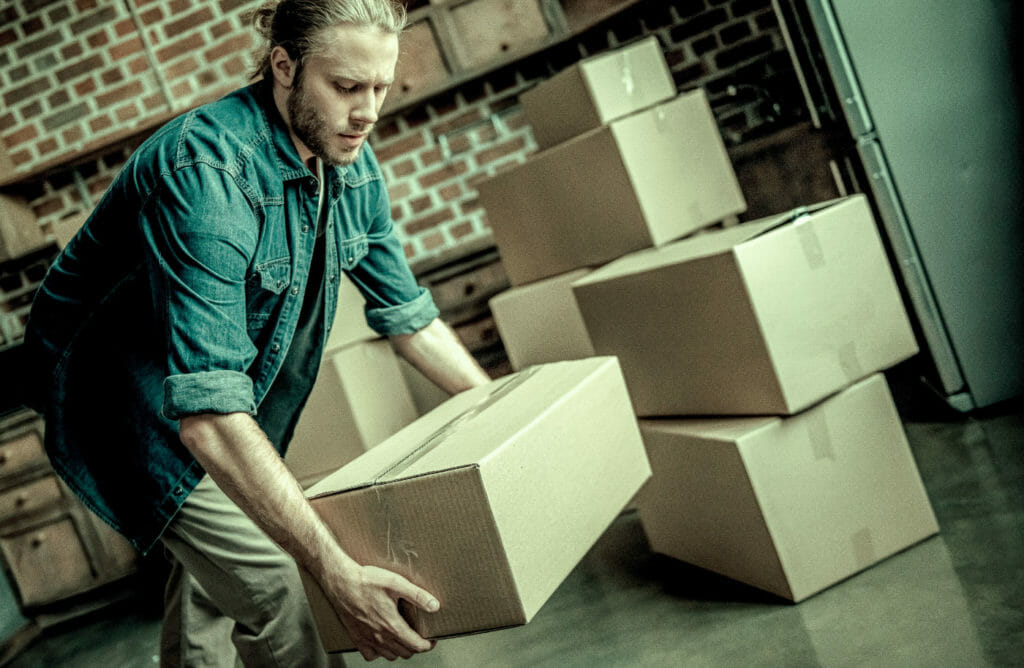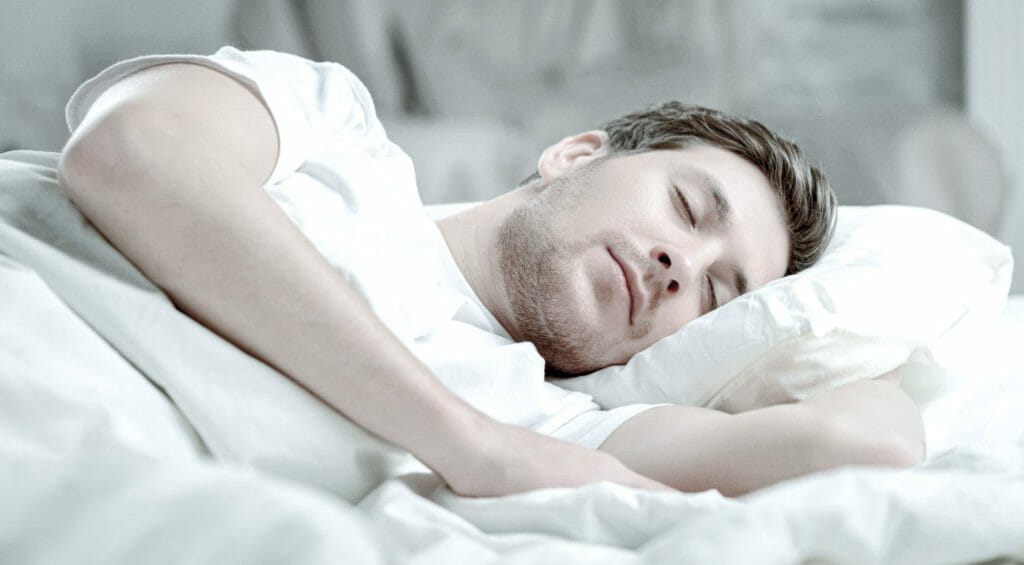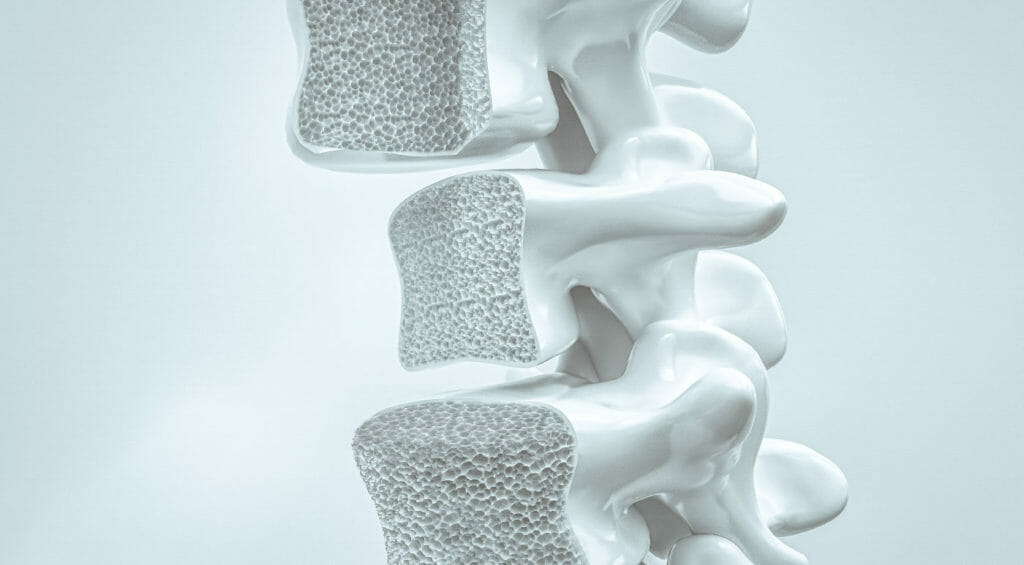
Whether you have difficulty sleeping due to lower back pain or your lower back pain has been caused by a chronic lack of sleep, these two issues seem to love each other’s company. And when this happens, getting normal sleep can seem impossible. Fortunately, it is possible to learn how to sleep with lower back pain.
There are recommended positions you can sleep in to bypass lower back pain, but the ideal sleeping position may not always feel ideal to your lower back. Then, if you do find a tolerable position, there’s pressure to fall asleep before it’s too late—which adds an additional challenge.
Making sure you’re sleeping on the right mattress can also be helpful, as can reducing your exposure to blue light and taking steps to increase the amount of melatonin your body generates and releases.
But what if your lower back pain is simply here to teach you how to get better sleep?
I do believe this can be the case.
You may have to think about sleep a little differently, but you can sleep better with lower back pain using simple tools and hygiene that also support long-term, healthier sleep.
How to Sleep with Lower Back Pain: Simple Techniques
There are positions experts suggest can help alleviate your lower back pain while sleeping.
You can try placing a pillow under your knees in order to flatten your back, while also placing a smaller pillow or rolled up bath towel along the small of your back.
If this feels unnatural to you, try adding extra support with multiple pillows at your side, almost as if a mold has been cut out for you to sleep in. This can be extremely comfortable as it creates a sense of freedom to move while gently supporting your back at the same time.
You may find this position helpful if you prefer to sleep on your side or even switch back and forth from side to side, since it can keep your legs from pulling on your back. It makes it easier to slide a pillow between your legs too, if keeping your legs together feels more comfortable.
I have never found this to be a fix on its own. Nonetheless, it’s a good place to start and may work for you. Thinking about your sleeping position as a contributing factor though, rather than the cause, could reduce some of the frustration that comes along with figuring out how to sleep with lower back pain.
Is it Time for a Change?

If you are sleeping on an outdated mattress, or a mattress that isn’t right for the contour of your body, trying to heal on the same surface that could be contributing to your lower back pain will be unlikely. Investigating what surface is best could bring more questions than answers, but you can try some simple experiments.
For instance, if you sleep on a softer mattress and laying on the floor brings you relief, this could indicate your back’s preference for a firmer mattress.
Likewise, if you sleep on a firm mattress, softening the surface with a duvet or testing a softer surface (like your sofa, perhaps) might make sense to your back.
While a firmer mattress is usually recommended for back pain, the wisdom here is that the best surface for healing and rebuilding—what sleep essentially is—isn’t necessarily the surface that provides the most comfort.
I used to shift back and forth between soft mattresses and firm mattresses, usually falling in love with the allure of the mattress that felt different from what I was currently sleeping on.
If this is you, asking “Does this make sense to my back?” instead of “Is this really comfortable?” can help you make a practical decision rather than an emotional one and help you in your search for the best mattress for your lower back pain.
Is Your Lower Back Pain an Invitation to Sleep Better?

If there are steps you can be taking to sleep better, but aren’t, learning how to sleep with lower back pain could be an opportunity for you to practice the sleep hygiene that is responsible for the most restorative sleep.
A full supply of the sleep hormone melatonin, which is produced naturally within your body, is probably your best solution for better sleep. Even though you were sleeping “fine” before your lower back pain, you may not have been sleeping as well as you could have on a “cellular” level if your lifestyle wasn’t filling your sleep tank with this important hormone.
Even the slightest exposure to blue light from electronic devices and overhead light greatly suppresses melatonin levels, making it harder to sleep. The less melatonin you have, the harder it is to sustain sleep and heal from the day-to-day wear and tear to your cells.
Reducing your exposure to blue light before bedtime will increase your body’s ability to create melatonin at the right time and in the right amounts. In turn, you’ll end up getting more regenerative sleep—which could be your best solution for healing lower back pain over time.
Get Good at Getting Sleepy
When coaching people with sleep problems, we often start by looking at the “sleep system” they currently have in place.
With the assumption that sleep is always available, the goal is to find the part of the system that has become faulty for connecting to that sleep. If you are not sleeping as well as you were pre-back pain, a simplistic view of your sleep system shows you “needing to be pain-free” as the first step.
Fundamentally, a well-functioning sleep system looks something like this:
- Get comfortable
- Relax
- Get sleepy
- Fall asleep
There is nothing inherently wrong with this system—until, of course, it stops working. Now that lower back pain is standing in the way, comfort still has its place, just not at the beginning.
Most people sleep according to bedtimes, which are usually based on the time you would like to wake up. This may look like you going to bed out of habit or because you “ought to,” and relying on comfort and relaxation to guide you the rest of the way.
Now that this system isn’t working, however, the best way to overhaul it is to place “comfort” later in the system, making your new sleep system look more like this:
- Get sleepy
- Get comfortable
- Fall asleep
The sleepier you are, the less positioning and negotiating that needs to be done—and the harder it is for any obstacle to interfere with sleep.
Drive Yourself to Sleep

In case you are wondering what happened to the “Relax” step, it’s still there, but it’s no longer part of the active sleep system. When you get good at getting sleepy, you don’t need to relax as much as you need to behave in a way that doesn’t interfere with the natural relaxation that comes from a strong sleep drive.
In other words, as you wait for sleep to come for you, do not engage in activities that could interfere with its arrival.
When working with someone who struggles to fall asleep, we often design a plan for them to be in a neutral space, doing things like reading, meditating, or just being still until they must get into bed to avoid falling asleep in the wrong place.
This could mean falling asleep later and relinquishing some sleep, but usually not since there is less time negotiating with the first step of the faulty system.
“Getting good at getting sleepy” is a very effective approach and can be made even easier when you:
- Get at least 20 minutes of sunlight in the morning, and throughout the day, to increase melatonin production.
- Avoid napping to encourage a stronger sleep drive.
- Eat your last meal at least an hour earlier than you usually do, so digestion takes place sooner.
- Wear blue light glasses after dark, especially during the last few hours before bed to ensure optimal melatonin release.
Lower Back Pain Can Be the Answer

Insomnia and lower back pain are two issues that have troubled me since I was a child. As an adult, the pain became intolerable—until I learned how to sleep with lower back pain by activating the muscles in my lower back. Nothing was more helpful for this process than this hamstring stretch, which is an activity you should approach gently, depending on your degree of injury.
I noticed how the release of my hamstring muscles into my glutes and lower back offered the comfort my sleep system needed to be successful. As fate would have it, besides retraining my lower back muscles to relax and not spasm, this stretch taught me how to consistently release tension throughout my body.
This stretch is most responsible for healing my lower back pain. It’s my favorite pre-sleep routine, as well as my go-to move for falling back to sleep when I wake up in the middle of the night.
Whether it’s eating a cleaner diet, changing your mattress or sleep position, or training the muscles in your core and obliques that best support a strong back, you too may find that healing your lower back pain may be the remedy your sleep was waiting for.
Additional Back Pain Resources:
The Best Mattresses for Back Pain
Top 10 Best Mattresses for Seniors with Back Pain